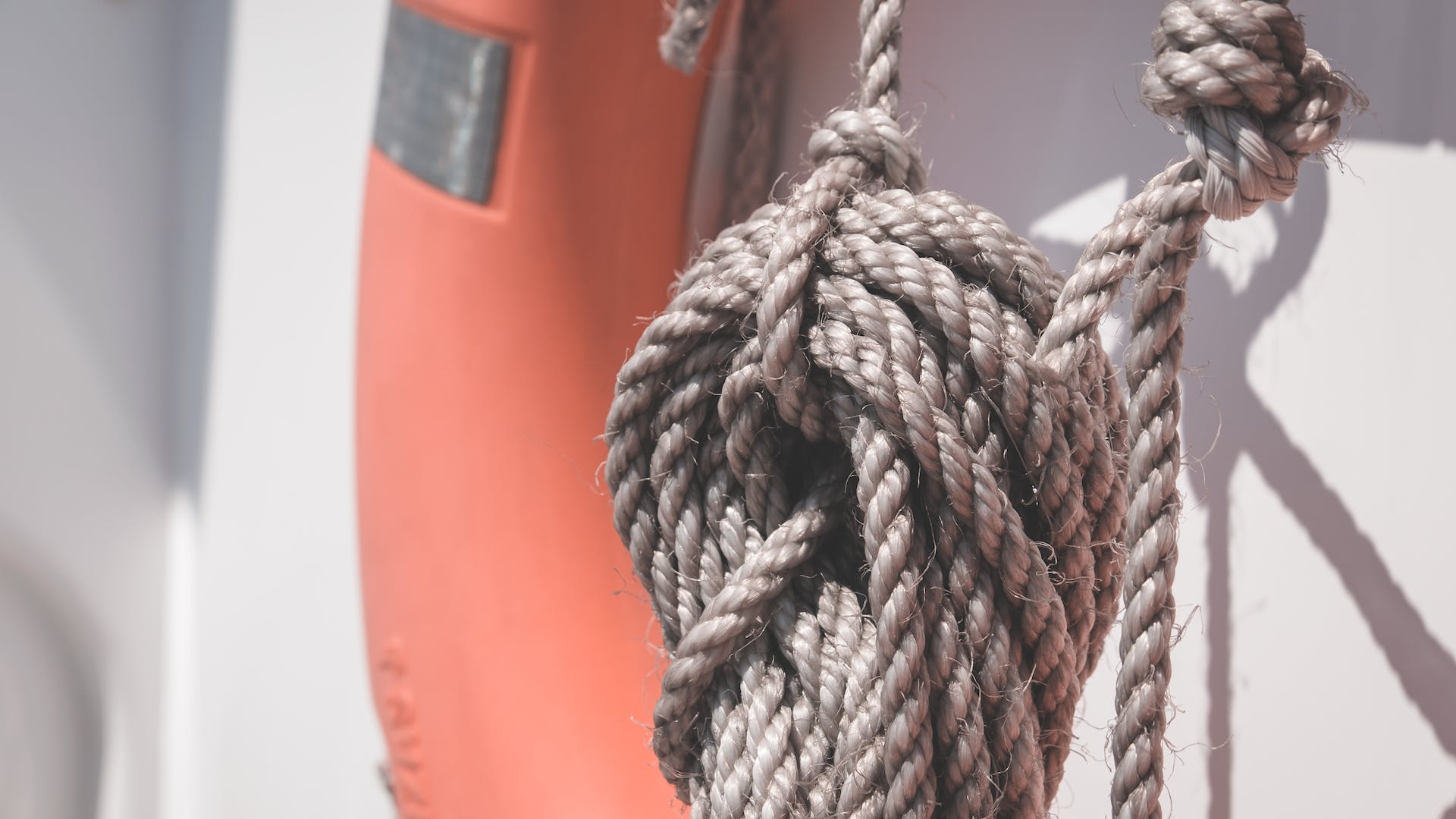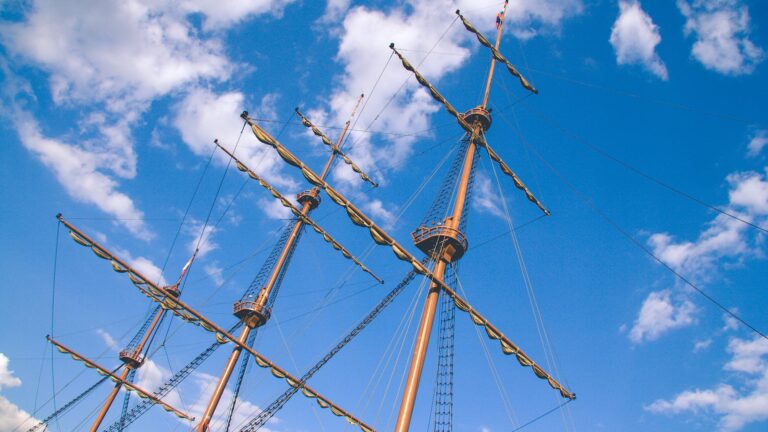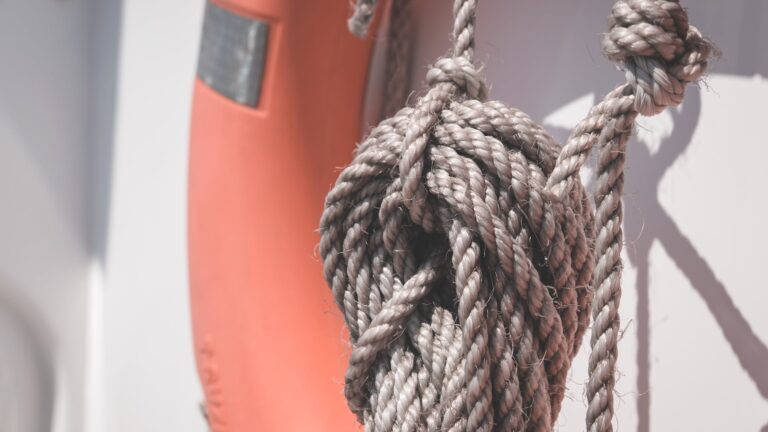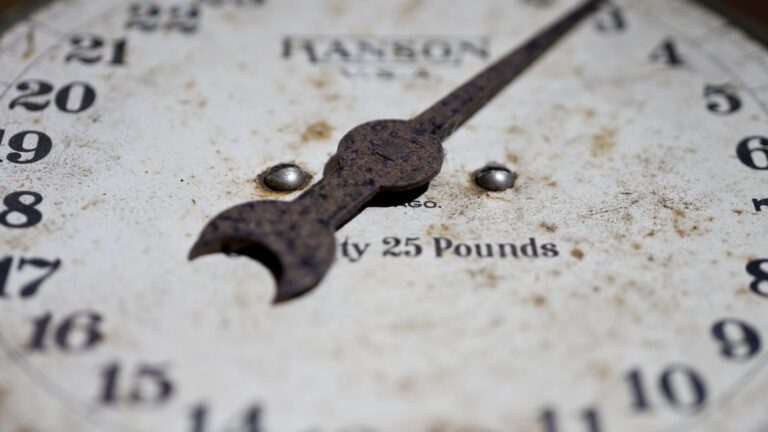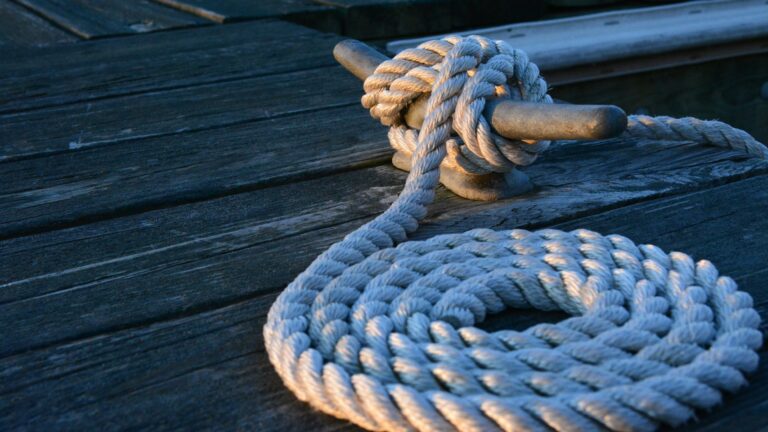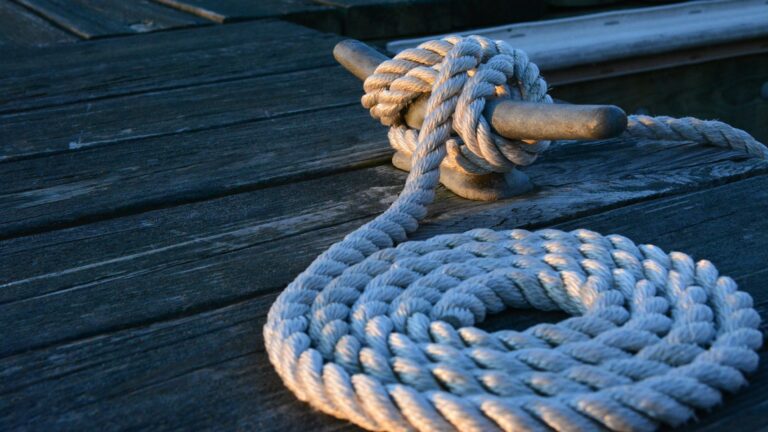How do you know where to drop anchor?
- Introduction
- What is an Anchor?
- What Are the Different Types of Anchors?
- How Do You Know Where to Drop Anchor?
- What Factors Should You Consider When Choosing an Anchoring Site?
- What Is the Correct Scope for an Anchor?
- How Do You Set the Anchor?
- How Do You Retrieve the Anchor?
- Safety Considerations When Dropping and Retrieving an Anchor
- Tips for Dropping and Retrieving an Anchor
- Conclusion
Introduction
Setting the anchor correctly is a key sailing skill that all mariners need to master in order to safely navigate their boat in any condition. Knowing when and where to drop anchor, as well as how to set and retrieve it, can help you stay safe while enjoying your time on the water. In this article, we’ll discuss how to know where to drop anchor, what factors to consider when choosing an anchoring site, what scope is best suited for an anchor, how to set and retrieve the anchor, and provide some tips for dropping and retrieving an anchor safely.
What is an Anchor?
An anchor is a device used by sailors to attach their vessel securely in a stationary position in water or on land. It prevents drifting due to wind or current, allowing boats to remain safely moored in one place for extended periods of time. An anchor consists of a heavy metal object — usually shaped like a cross — that is attached by rope or chain to the bow of the boat and dropped into the water or on land below; once it has been set in place, it will dig into the bottom of whatever material it’s embedded in (sand, mud, rock) preventing further movement of the boat until released by a sailor onboard who will then pull up the anchor using either their hands or a winch on deck if necessary.
## What Are The Different Types Of Anchors?
Anchors come in many shapes and sizes depending on their purpose; there are several different types of anchors used by sailors today including: plow anchors (also known as CQR anchors) which have curved flukes that dig into sand or mud bottoms; grapnel anchors which consist of multiple arms with varying lengths designed for use on rocky bottoms; danforth anchors which are lightweight yet powerful flat plates meant for both sand and mud bottoms; mushroom anchors which have wide flat bases designed for use in soft mud bottoms; flap (also known as navy) anchors which have wide flukes with sharp points for use in rocky bottoms; and finally kedge anchors which are lightweight yet powerful grapnel-style anchors meant for anchoring smaller vessels such as dinghies or tenders without damaging their hulls too much when being retrieved from land or shallow water bodies.
## How Do You Know Where To Drop Anchor?
The first step towards knowing where to drop anchor is determining the water depth at your desired location using a depth finder if available onboard your boat – this will help you determine how much scope (the ratio of length between rope/chain paid out and depth of water) is required when setting an anchor at that particular spot so that it holds securely throughout any weather conditions you may encounter during your journey; other factors such as sea bed composition should also be taken into consideration when assessing where best place your vessel’s anchor – sand requires more scope than clay while rocks require less so make sure you account for these variables accordingly before dropping your chosen type of anchor into its designated spot!
## What Factors Should You Consider When Choosing An Anchoring Site?
When selecting a spot where you want to drop your boat’s anchor, it’s important to consider several factors such as: wind speed/direction – make sure there are no gusts strong enough that could cause your boat drift away from its desired location after setting its anchor; proximity – ensure that there are no other boats nearby so as not disturb them during your stay; sea bed composition – assess whether there’s enough sand/mud/rock around for your chosen type of anchor dig into securely without slipping out due to strong currents; tide levels – ensure that tidal changes won’t cause your vessel drift away from its designated spot after setting its anchorage device; shoreline features – take note if there’s anything around like rocks or reefs near shoreline which could damage both hulls & propellers if not accounted before dropping anchorage device into designated area; and finally current direction/strength – ascertain whether currents around area will affect sturdiness &security anchorage device once set securely in its designated spot – all these factors need be assessed accordingly before dropping any type anchorage device into its designated area!
## What Is The Correct Scope For An Anchor?
The correct amount of scope required when setting any type of anchorage device depends entirely on two main factors: water depth & type material found at sea bed – deeper waters require longer scopes whilst shallower ones need shorter ones so make sure both these variables accounted before deciding applicable ratio between rope/chain paid out & actual depth water – typically speaking most sailors follow “rule thumb” 3:1 ratio meaning 3 times length rope/chain paid out should equal actual depth water but this can vary depending on exact circumstances faced regarding weight vessel being anchored down & strength winds/currents experienced during particular setting process!
## How Do You Set The Anchor?
Once you have selected a suitable place where you want to drop your chosen type of anchorage device & determined how much scope required given exact conditions faced – next step involves actually setting it securely onto sea bed – first lower down appropriate length rope/chain attached end metal object (anchor) slowly yet steadily paying attention amount tension being applied each moment until reaching desired ratio determined earlier then let go end metal object & allow it sink down onto sea bed (preferably facing same direction wind blowing if possible) whilst continuing pay out rest rope/chain until reaching “rule thumb” 3:1 ratio mentioned earlier!
## How do You Retrieve The Anchor?
After having spent time enjoying scenery around area chosen previously – time eventually comes retrieve already securely set anchorage device back onboard vessel – doing this requires few steps considering different types materials found at sea bed during particular retrieval process such rocks requiring special technique avoid damaging propellers whilst soft mud requiring nothing more than simple pulling up end rope/chain attached end metal object itself until reaching surface again!
## Safety Considerations When Dropping And Retrieving An Anchor
Dropping & retrieving any type anchorage device can be dangerous activity if done incorrectly due presence large amounts tension applied each moment during particular process especially when dealing with rocks requiring special technique avoid damaging propellers – therefore always make sure appropriate safety measures taken beforehand including wearing lifejackets anyone present onboard during retrieval process paying attention amount tension applied each moment throughout entire procedure whilst double-checking everything done correctly before releasing end metal object back ocean!
## Tips For Dropping And Retrieving An Anchor Safely
When planning drop & retrieve any type anchorage device back onboard vessel safely following few tips always helpful include: double-checking all measurements taken beforehand regarding exact location where want drop particular metal object appropriate amount scope required given conditions faced doing this will help ensure everything goes smoothly during whole process paying attention direction wind blowing when actually setting end metal object onto sea bed allowing easier retrieval later on making sure appropriate safety measures taken before starting whole procedure wearing lifejackets anyone present onboard avoiding sudden movements once retrieval process started especially when dealing with rocks requiring special technique avoid damaging propellers double-checking everything done correctly before releasing end metal object back ocean all these tips should help ensure safe retrieval every single time!
## Conclusion
Dropping and retrieving an anchor can be tricky but with proper knowledge and preparation, it doesn’t have to be complicated nor dangerous – knowing where best place vessel’s anchor according certain conditions faced whilst also understanding different types available choose from along with applicable techniques needed retrieve them back board safely all important skills mariners need master order successfully navigate through waters they sail through day after day!

